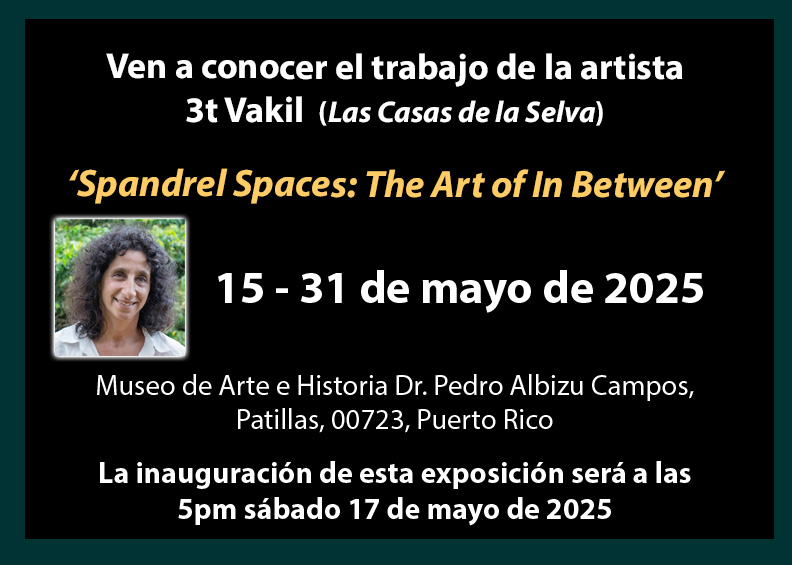
Blog
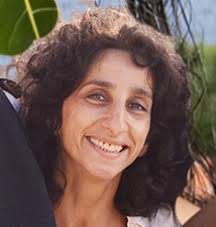
3T Vakil
Artist Rooted In The Rainforest
Related Posts

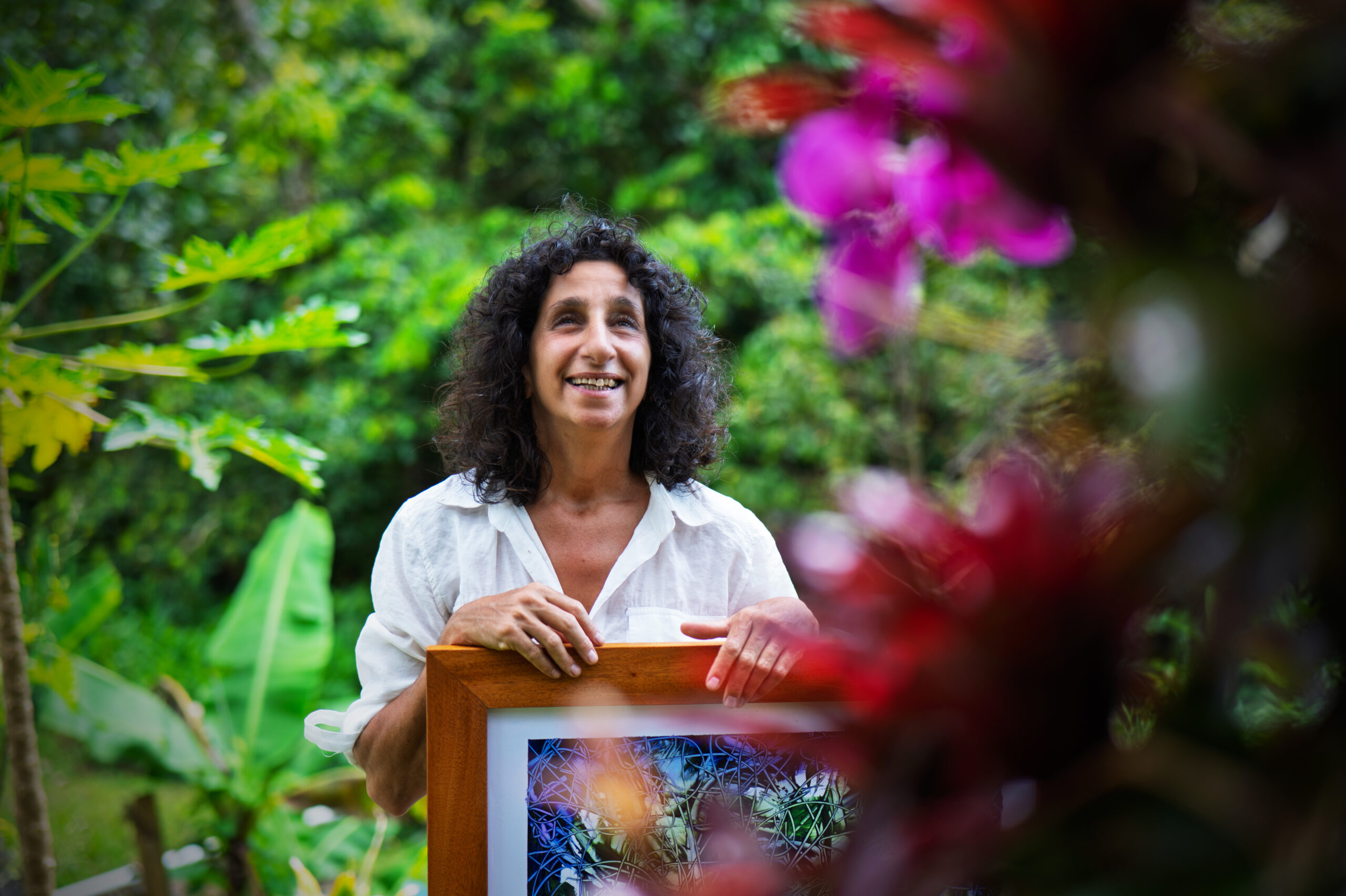
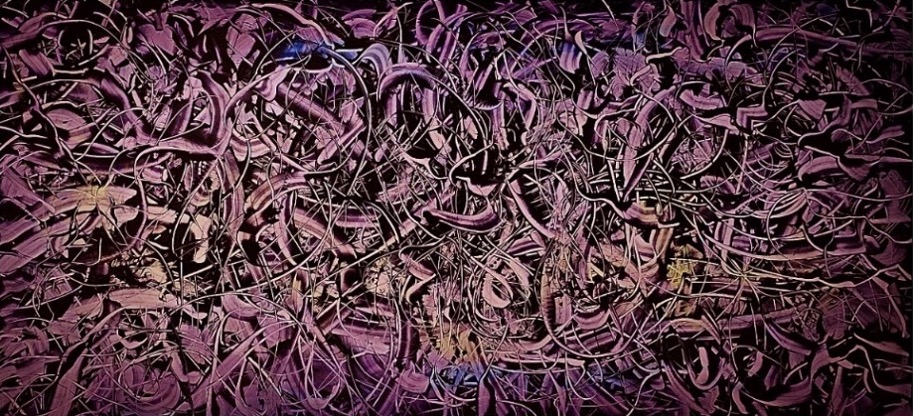
Artist’s Statement: “Spandrel Spaces: The Art of In-Between”
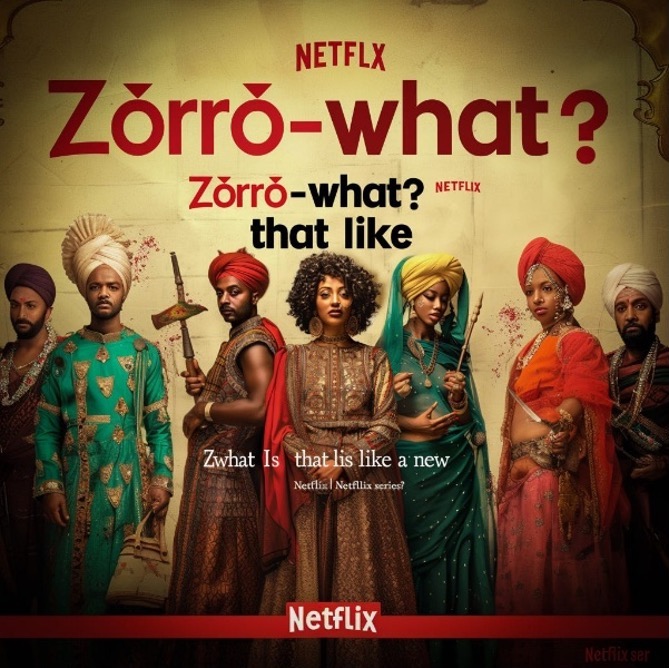
Where are you from?
My Crazy Life
I have always been an intrepid explorer of the natural world. My travels have taken me across much of Europe, India, Nepal, East and North Africa, and North America. My painting and digital work have documented my travels and life. I was born in the 1960s to Zoroastrian parents in Nairobi, Kenya, East Africa, and moved to Wimbledon, home of the Wombles, in London, UK, at the age of ten. (There are several sub-species of Womble, the most interesting being the Loch Ness Monster, part of a clan of water Wombles, and the yeti of the Himalayas, giant snow-white Wombles).
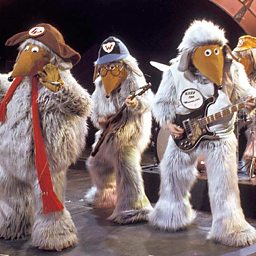
I trained in 3-Dimensional Theatre Design under Professor Malcolm Griffiths, David Cockayne, and Judith Park, at Nottingham Trent University while honing my drawing and painting skills under the guidance of artist Ken Lee. These three creative years led me to a BA (Hons), and then an intensive apprenticeship with master scenic artist Mary Coxon, where I stepped fully into the world of large-scale visual storytelling. For two years, I worked on major theater productions across England, Scotland, and Ireland—including West End shows and large-scale musical tours.
Over the next decade, I honed my craft as a scenic artist, painting vast canvas backdrops and immersive scenery in studios and theaters throughout the UK. In London, I worked at iconic venues such as the Elms Lesters Painting Rooms in Soho, and the Theatre Royal, Drury Lane in London. From grand stages to experimental fringe productions, I brought worlds to life through paint, scale, and atmosphere.
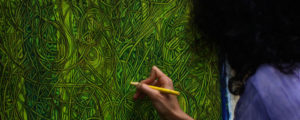
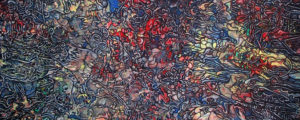
In the late ’80s and early ’90s, I was part of a wave of collaborative creative groups shaping the UK’s boundary-breaking shamanic dance and rave scene. As an ambient architect, I helped orchestrate legendary warehouse parties in the north of England and played an active role in London’s iconic Megatripolis scene. In 1994, I joined twelve co-inspirators on the “Zippy Pronoia Tour to the US”—a road expedition from New York to San Diego that blended art, activism, performance, and visionary culture.
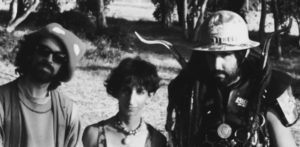
These events were more than parties—they were immersive cultural happenings. Along the way, we connected with extraordinary thinkers and artists including Paolo Soleri, Allen Ginsberg, Ken Kesey and the Merry Pranksters, Johnny Dolphin, the Biospherians, Terence McKenna, Wired magazine, John Perry Barlow, R.U. Sirius, Dee-Lite, Lady Miss Kier, and Goa Gil.
Since the early 1990s, I’ve been an associate of the Institute of Ecotechnics, working at the intersection of ecology, expedition, performance, and event production. After a formative period at the Institute’s transvangarde October Gallery in Bloomsbury, London, I went to sea—continuing the journey into wild terrains, both inner and outer.
In the mid-90s, I served nearly three years as an all-round crew member and Assistant to the Expedition Chief, Christine Handte, diving on coral reefs in remote parts of the Red Sea & Indian Ocean aboard the Institute’s Research Vessel Heraclitus, also crossing the Atlantic and Mediterranean Oceans.
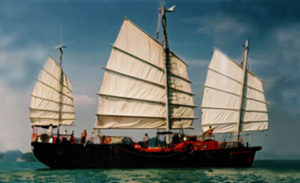
Coral reefs—among the most sensitive and vital ecosystems on Earth—are the earliest indicators of environmental stress. I had the extraordinary opportunity to embark on scientific dive expeditions, exploring massive coral colonies teeming with life. I swam alongside enormous manta rays and giant octopuses, witnessing firsthand the breathtaking biodiversity and delicate balance of some of the world’s most vibrant marine environments.
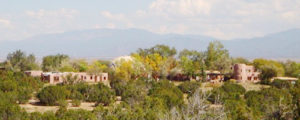
In 1998, I embarked on a year of deep exploration—painting and traveling through Kenya, Uganda, Tanzania, and Zanzibar, while also spending time in San Francisco, California; Ashland, Oregon; and Bellevue, Washington. Along the way, I immersed myself in local histories, art forms, and performance traditions while delving into questions of consciousness—its origins, layers, and expressions across cultures.
Later that year, I set out on a 2,000-mile road trip across the U.S., traveling from Seattle, Washington, to Santa Fe, New Mexico—headed for the headquarters of the Institute of Ecotechnics at Synergia Ranch. There, in the high desert, I co-managed a 500-tree organic fruit orchard, overseeing everything from cultivation to harvest and market sales. Life at the ranch was collaborative and cross-disciplinary: I contributed to theater productions with the Theatre of All Possibilities, supported the Global Ecotechnics Corporation, helped maintain the Biosphere 2 archive, and worked with Synergetic Press, an award-winning independent publisher dedicated to ecological and visionary themes.
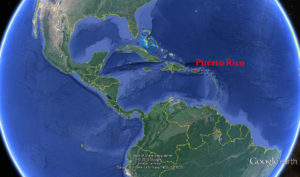
Since 2000, I’ve lived in the steep, wet, forested mountains of Puerto Rico—an island cradled by the Caribbean Sea to the south and west, and bordered by the North Atlantic Ocean to the north and east. I currently serve as Director of Eye on the Rainforest: The Tropic Ventures Sustainable Forestry & Rainforest Enrichment Project, a one-thousand-acre reforestation and timber initiative in the mountains of Patillas, in southeastern Puerto Rico. This living laboratory is dedicated to ecological restoration, sustainable resource use, and the protection of endangered species within a dynamic, recovering rainforest.
At Eye on the Rainforest, on the land known as Las Casas de la Selva, our silvological work focuses on developing sustainable forest management practices, blending ecological science with an econological approach to timber production. One of our recent projects highlights the staggering number of urban trees cut down and sent to landfills each year,—and proposes a regenerative, locally grounded solution. I also direct Endangered Species Conservation & Recovery efforts within the forest, and lead land enhancement projects that support rare and threatened fauna.
Since 2001, I’ve worked with 57 international Earthwatch research teams in the Puerto Rican rainforest—guiding adult and youth groups in immersive fieldwork that bridges science, ecology, and community engagement. As Principal Investigator since 2007, I’ve led long-term tree monitoring, reforestation efforts, vine research, and habitat restoration, while also coordinating homestead and volunteer teams, forest road maintenance, erosion control, and watershed protection. These efforts have helped shape a sustainable forestry enterprise rooted in real-world impact.
All the while, my painting and drawing evolve in parallel—alive with curiosity, and always with delight.
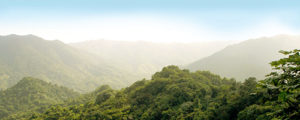
Tags:
- Coral Reef, England, Hippy, Life, Puerto Rico, Raves, Travel, Zanzibar

